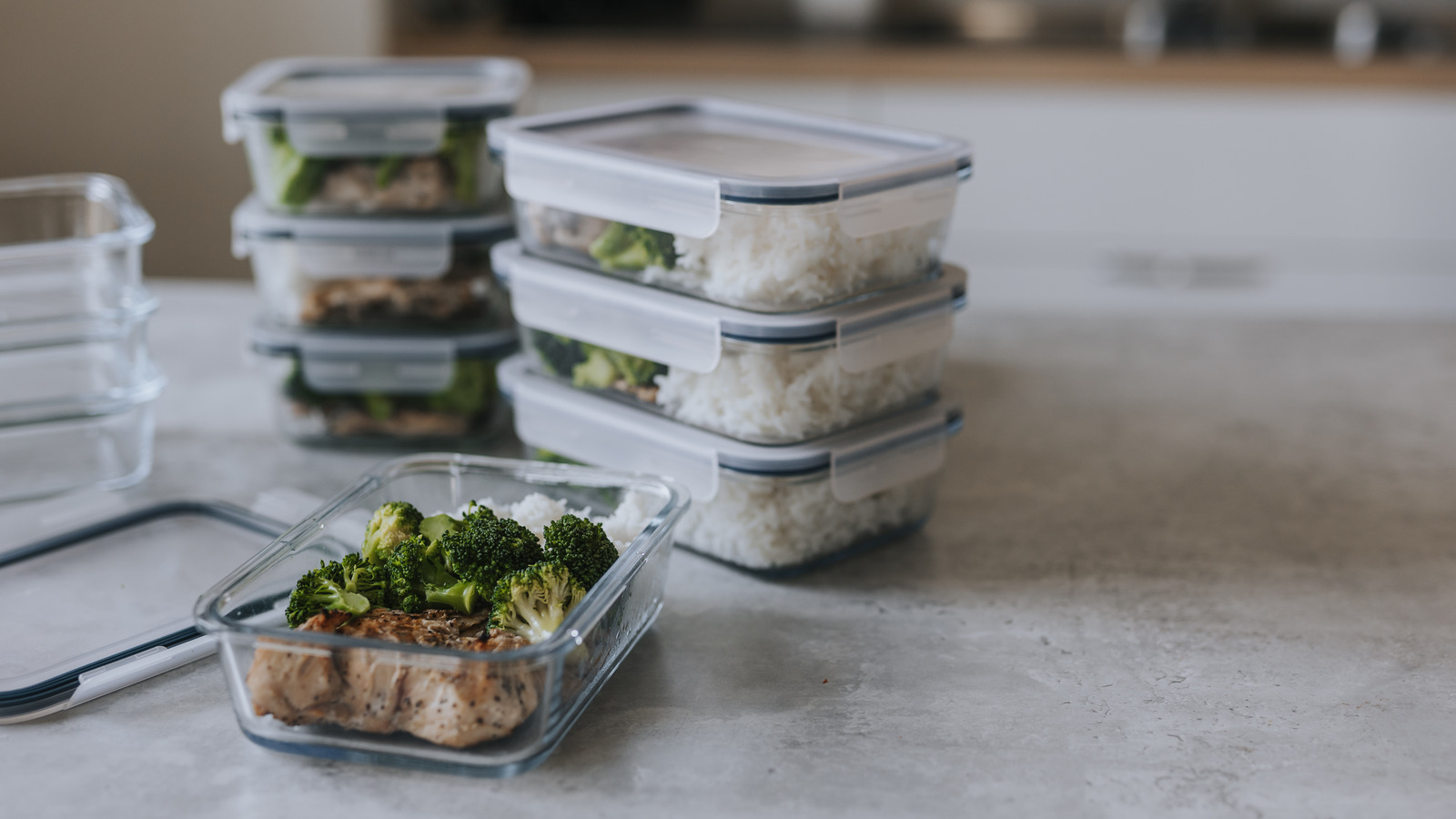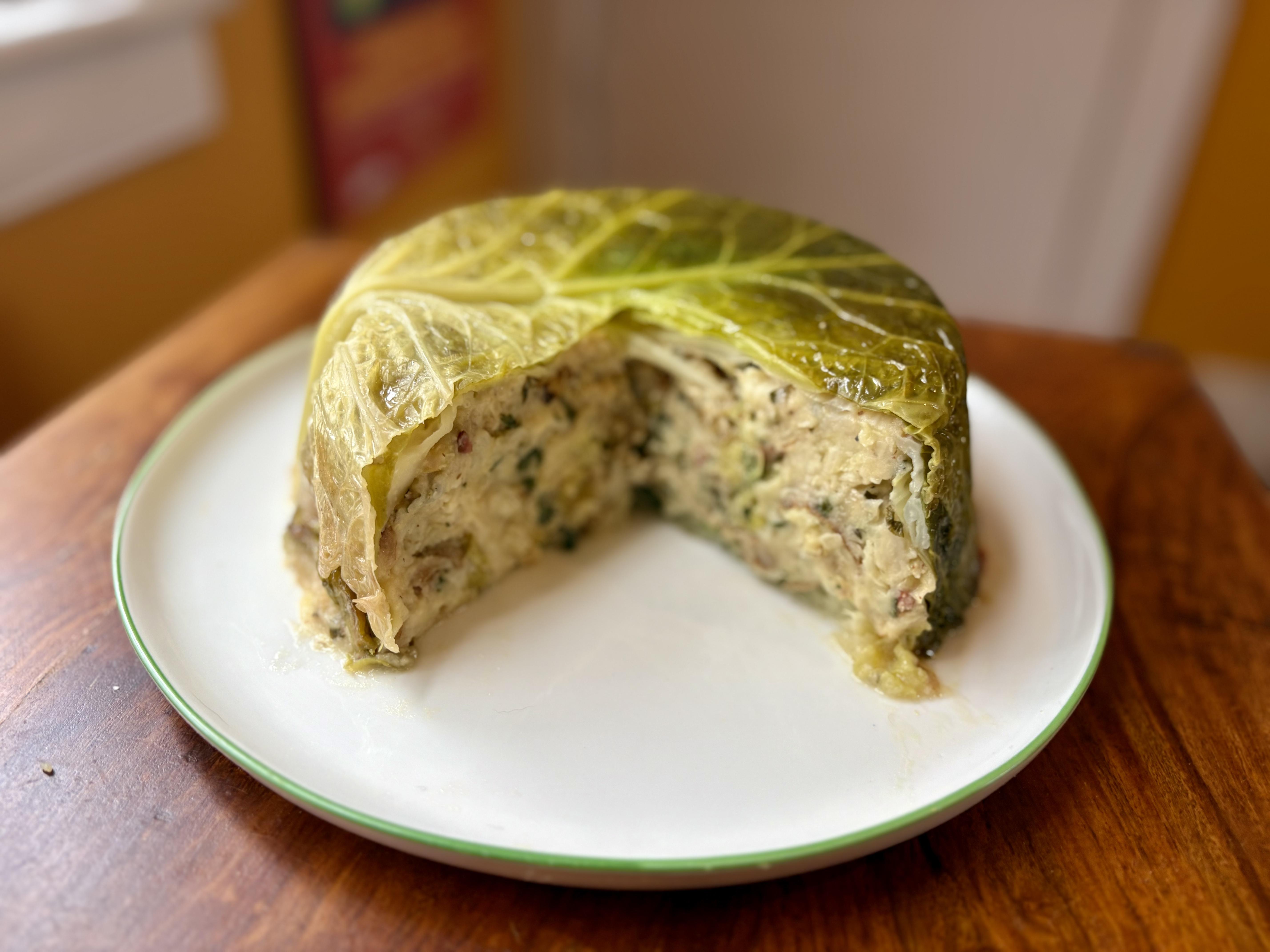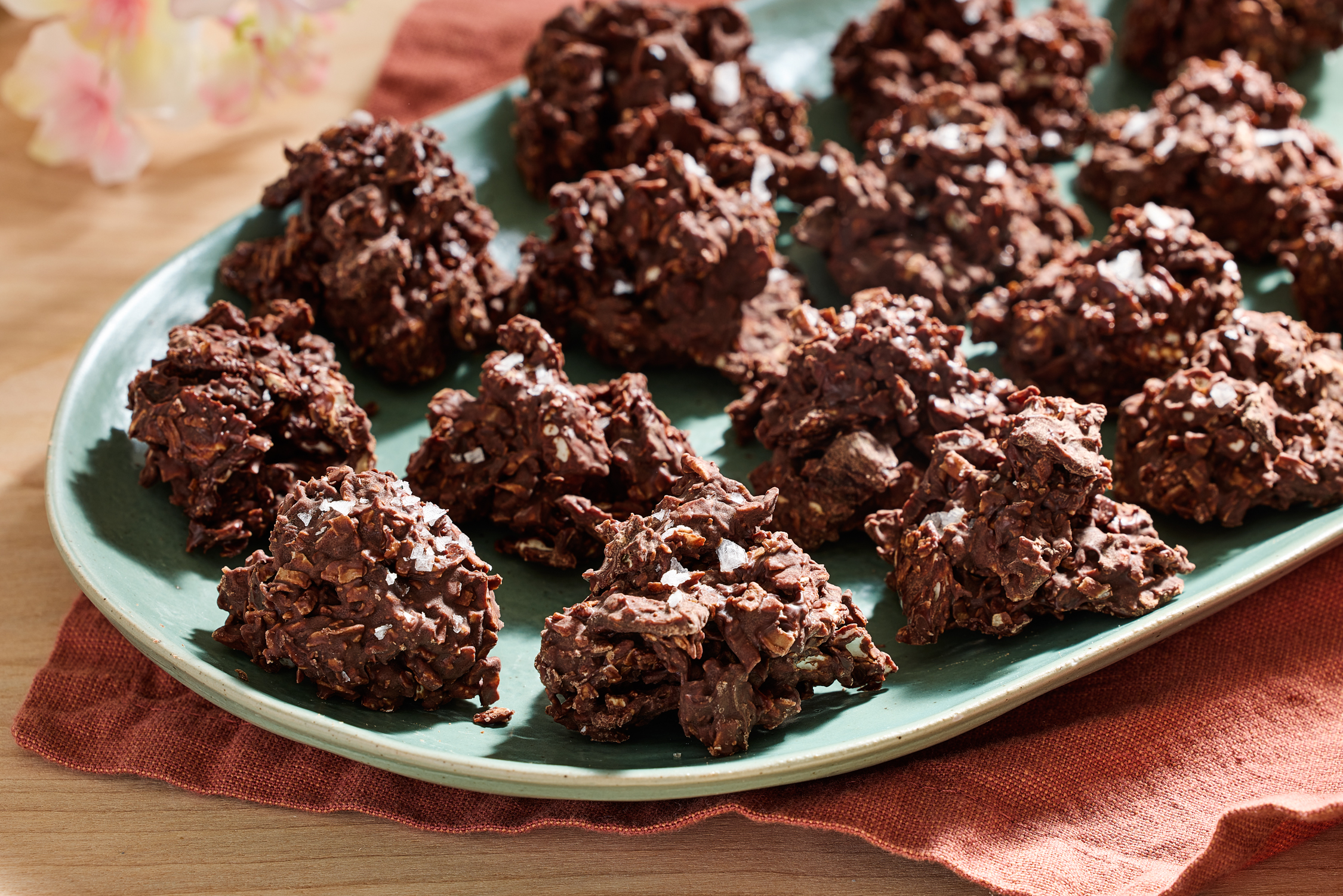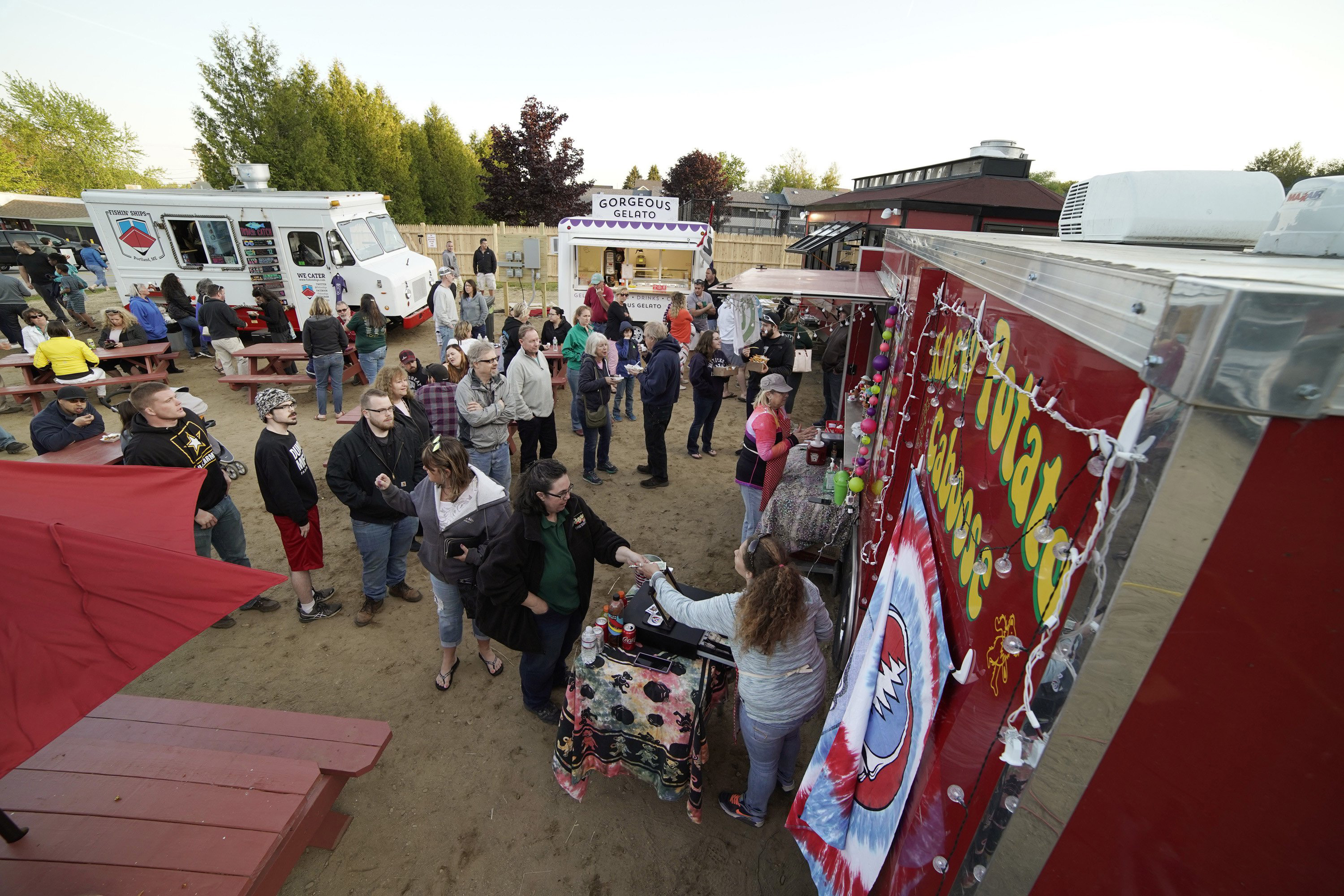Meal planning works best when you're thinking a few steps ahead, not just about what to cook, but how long food will stay fresh and what you'll actually eat. The 2-2-2 rule simplifies that part of the process. You have two hours to get leftovers into the fridge, two days to eat them, or two months to freeze them.
It's not a rigid timeline for every item, but it gives you a solid mental checklist to use while building out your menu. This rule comes in handy for anything you make in bulk. If you're cooking soup, pasta, roast chicken, mashed potatoes, or something like , thinking about how they'll be used or stored from the start saves you from tossing out uneaten food later.

It also helps you avoid cramming too many ambitious meals into one week. If you plan one or two large meals early in the week, that gives you the option to repurpose or freeze the extras without scrambling for ideas later. The 2-2-2 rule adds structure and it helps you match your meal plan with your actual schedule and appetite so your food gets eaten instead of forgotten in the back of the fridge, which busy folks like me are definitely guilty of.
Why the 2-2-2 rule makes sense no matter the lifestyle You'd be surprised by just how much it helps to give yourself a bit of structure. The 2-2-2 rule certainly isn't the strictest meal prep tactic, but it's way better than going at it with no plan at all. More importantly, it keeps you from cooking more than your household can handle in a short window.
Two days is the sweet spot for freshness without fatigue. If you made a big pot of chili on Monday, eating it again on Wednesday will still feel fresh. After that, the texture, flavor, and appeal start to drop.
This is where freezing comes in. If it's not going to get eaten, get it out of the fridge and into the freezer before it's gone bad. The two-hour refrigeration rule is also important.
A lot of people wonder , but you don't want to leave food cooling on the stove or counter too long. Once it drops below steaming hot, it should go in the fridge. That helps keep bacterial growth in check and ensures the food will be safe to eat over the next couple of days.
Getting into this habit lets you make bigger batches without worrying. Thinking about meals in pairs like this promotes . Get creative with leftovers instead of letting them sit Leftovers can feel like a gift and a curse, but it won't seem like as much of an annoyance if you cook with intention.
is dumping everything into containers and forgetting them. Instead, make them part of the week's lineup. Leftover rice can be turned into fried rice.
Extra roasted veggies work well in grain bowls, quesadillas, or quick stir-fries. Mashed potatoes can become crispy potato pancakes or get mixed into savory waffles. When you start to think of leftovers as ingredients instead of reheats, your menu stays fresh and you waste less food.
The freezer is still your friend, but it should be a backup, not the first move. If you already know you won't want soup again in the next 48 hours, portion and freeze it right away. Don't let it take up space in the fridge where it's more likely to get ignored.
Label everything with the date and keep an actual list of what's in the freezer so you can construct future menus around those options. The main thing to be mindful of is being real with yourself about how you plan to eat and to create portions according to those guidelines. If you know you don't want to eat something beyond that evening, why make enough for a football team? That's where intentionality really comes into play.
Recommended.
Food

The 2-2-2 Rule To Remember When Creating Your Weekly Meal Plan Menu

Planning meals is a good tactic if you want to make sure food isn't going to waste. The 2-2-2 rule is a great way to set yourself up for meal prep success.















